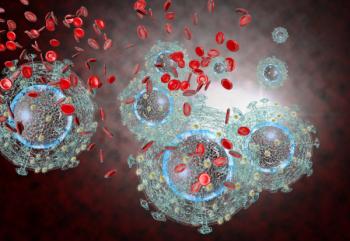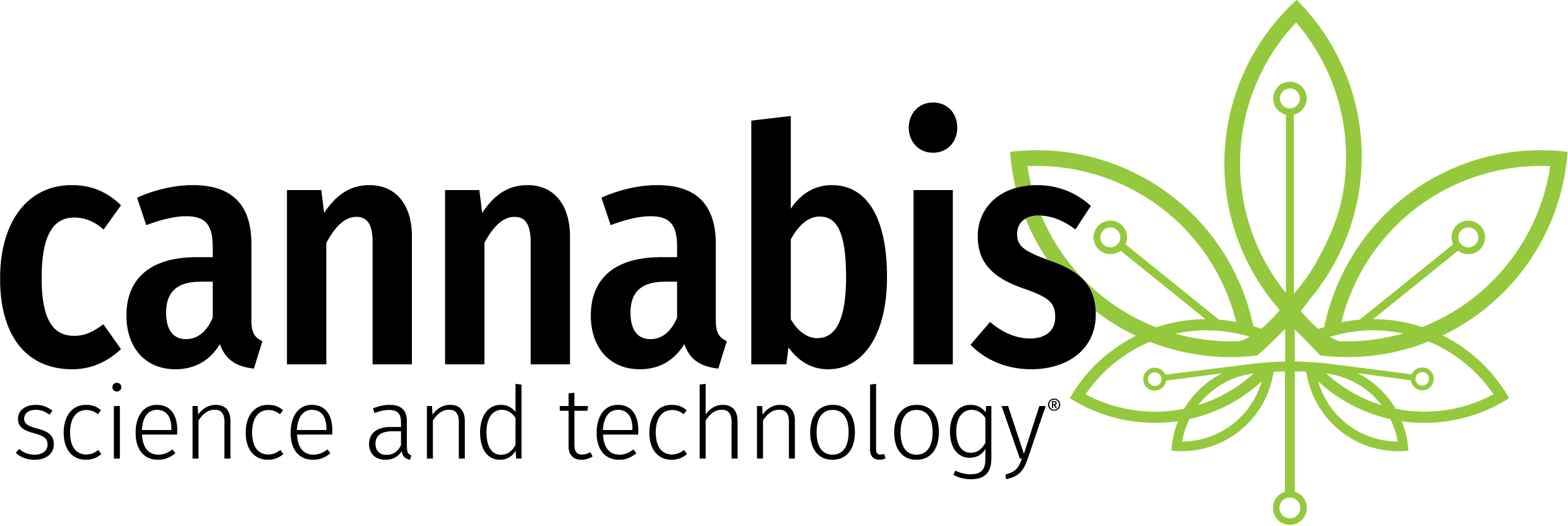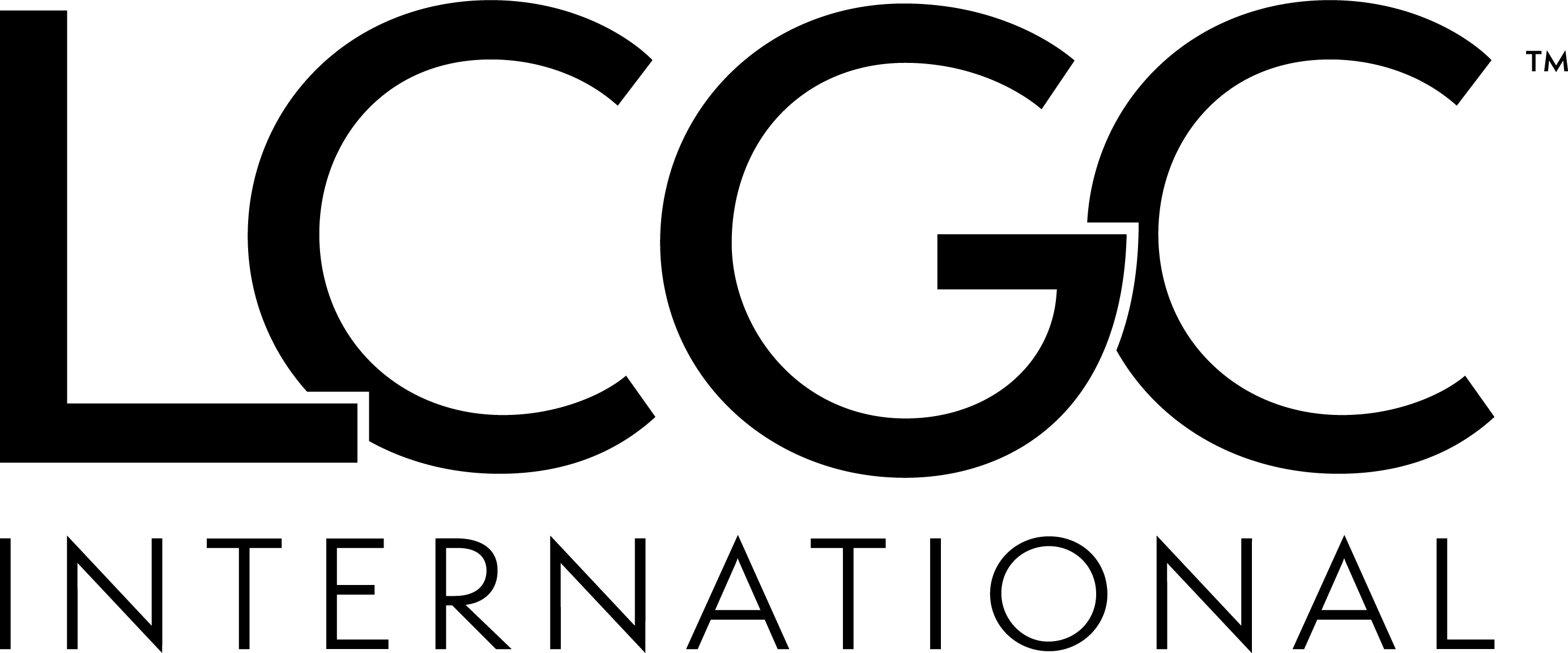
Oracle Buys Phase Forward
Phase Forward’s SaaS-based Integrated Clinical Research Suite manages clinical development and safety processes from Phase 1 clinical trials through regulatory submission and post-approval monitoring. Adding complementary assets to Oracle Health Sciences, the combination is expected to enable researchers, clinical development professionals, physicians, regulators and patients to more effectively and securely capture, contribute, access and share data.
Phase Forward management and employees are expected to join Oracle as part of the Oracle Health Sciences Global Business Unit. The transaction is subject to stockholder and regulatory approval and other customary closing conditions and is expected to close in mid 2010.
“The life sciences and healthcare industries are converging as they seek to control costs while accelerating patient-centered innovation,” said Neil de Crescenzo, Senior Vice President and General Manager, Oracle Health Sciences. “Phase Forward brings products and employees with significant expertise to Oracle that will help enable the delivery of personalized medicine and value-based healthcare.”
Newsletter
Stay current in clinical research with Applied Clinical Trials, providing expert insights, regulatory updates, and practical strategies for successful clinical trial design and execution.





.png)



.png)



.png)
.png)
